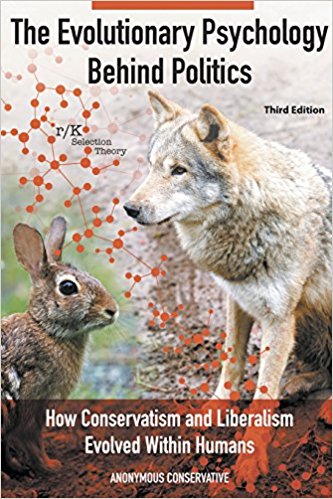A real-life example of how free resources destroy governments over time:
San Jose, in the heart of Silicon Valley, is home to eBay, PayPal and Cisco. Yet despite its enormous wealth, a San Jose house right across from a fire station burned down in 2013 because the station lacked fire trucks.
This year, police staffing is down in San Jose. Its roads are pocked with potholes. And again, fire engines are mothballed. How is all this possible? The answer is that nearly 25 percent of San Jose’s budget pays for generous pensions — called “defined-benefit” plans — that guarantee retired city workers as much as 90 percent of their former salaries for life. That has left too little for core city services like policing and firefighting…
The addiction phenomenon is not just a skinny stoner getting hooked on dope, and being willing to do anything to keep his high going. When resources are everywhere, and there appears to be no cost people will avoid the amygdala feel-bad by spreading the money around, even if common sense and basic fiscal knowledge says not to. Even having a tax base like Silicon Valley is no help because just as with drug addiction, the need for an ever increasing dopamine rush will always outpace the resource availability.
In Illinois, this is catching up to them:
By now, Illinois’ budget problems are no secret.
Back in May, after the State Supreme Court struck down a pension reform bid, Moody’s move to downgrade the city of Chicago thrust the state’s financial woes into the national spotlight.
Since then, the situation hasn’t gotten any better and despite hiring an “all star” budget guru (for $30,000 a month no less), Bruce Rauner was unable to pass a budget in a timely fashion leading directly to all types of absurdities including everything from the possibility of shortened school years to lottery winners being paid in IOUs.
Now, as Bloomberg reports, pension payments are set to be delayed. Bond payments, apparently, will still be made.
First it was lottery winners, now pensioners, and we know the economy will get worse from here.
Just as with an addict, there is no cure other than going cold turkey and dealing with the pain of withdrawal. That withdrawal phase will be the phase which reinvigorates the K-selected psychology within our species.
Apocalypse cometh™


[…] By Anonymous Conservative […]
The main feature of addiction must be a negative cycle, where the pain of amygdala stimulation leads to seeking dopamine which reduces dopamine receptors which leads to more amygdala pain. I’m a little unclear on the last part – when you have fewer receptors, does that reduce the capacity for pleasure and thus more pain?
A few other random questions I thought up: Does more dopamine consume mental resources that could be used to get a job or improve yourself? To literally get out of bed and get to your job on time? Or does it just sap your motivation because emotions from the amygdala are essential for motivating yourself? Because in the moment putting down that toke or pipe is always a losing proposition, because the benefits of not doing so are far in the future (i.e. not the next 10 minutes).
What books or sources do you recommend for learning more about addiction?
As you apply dopamine (free resources) the cells will downregulate dopamine receptor production, to blunt what the cell will assume is an overactive signal. As a result, the cell has fewer receptors, is less “turned on” by dopamine, and requires more to maintain a normal state – like an addict that needs more and more coke just to feel normal.
Withdraw dopamine (cut the resources), and the cell thinks something has shut off the signal, so it upregulates receptor production, to get the most out of the little signal it is getting. At first it is horrible, because you have little dopamine to begin with, and few receptors to conduct the signal inside the cell. With time, receptors build up in number though, and things get back to normal as you adapt to the new situation. Now the cell experiences small amounts of dopamine as very pleasurable, motivating one to seek bursts of success more than the addict, and it is more tolerant of the dopamine lows.
I suspect the pleasure is actually more intense than what an addict gets, because a lot of these ligand/receptor systems function vastly better when the signals are pulsatile, or pulsed, rather than constant. It is almost like the difference between lifting weights every other day, vs doing it 24/7, morning to night.
I view it in the context of steroids. Pump in that testosterone, and each muscle cell will reduce the number of T-receptors, and cut the signal to grow. Now you need even more Test and more Test, and eventually your receptors are at rock bottom, and unlimited Testosterone will only produce minor receptor stimulation. You are plateaued. That is why body builders cycle on and off – to cut the cell signal, and trigger receptor production.
>Or does it just sap your motivation because emotions from the amygdala are essential for motivating yourself?
I think this is it. We avoid bad more than we seek good. When you are in the throes of dopamine, you don’t feel bad. As you chemically get addicted, the only thing your amygdala sees is withdrawal, and avoiding a withdrawal becomes the primary amygdala focus, blocking out everything else, from having a house to not screwing over your own friends and family.